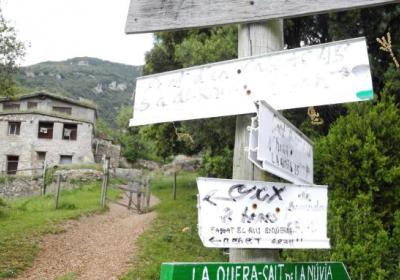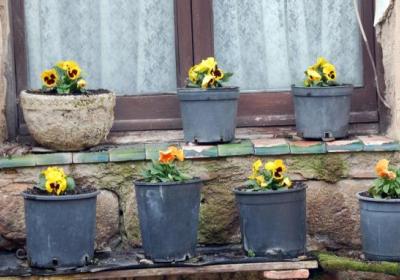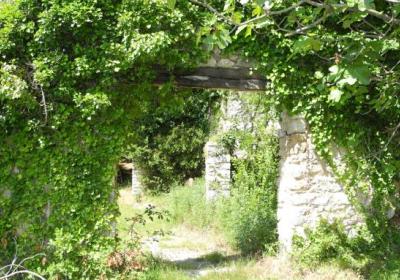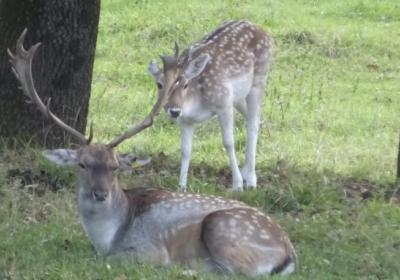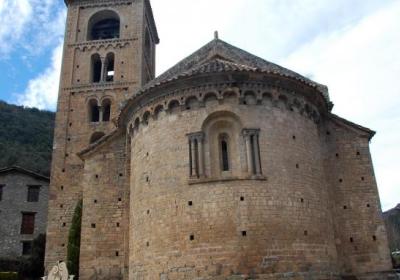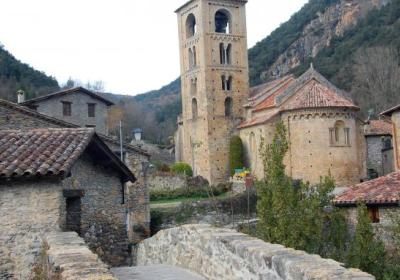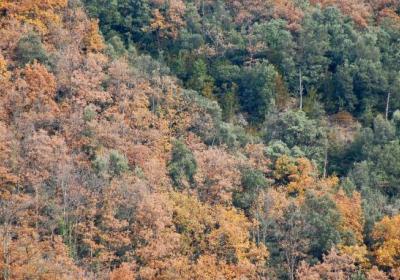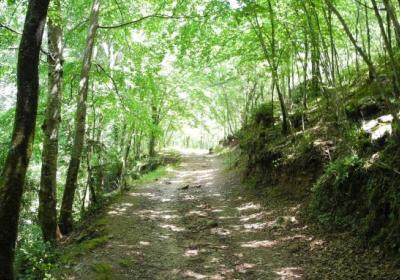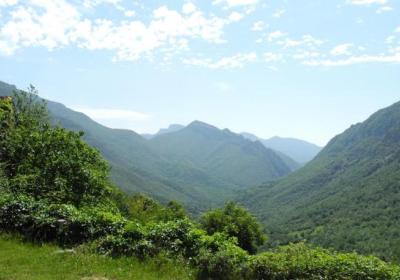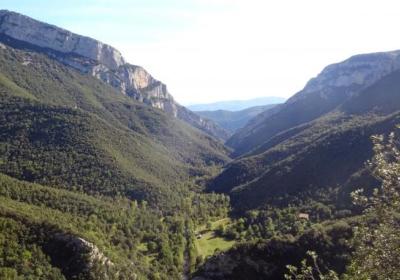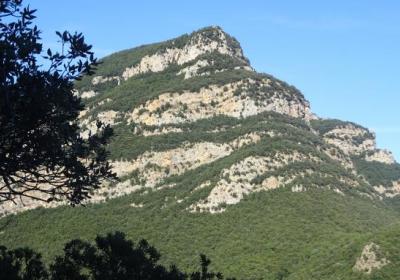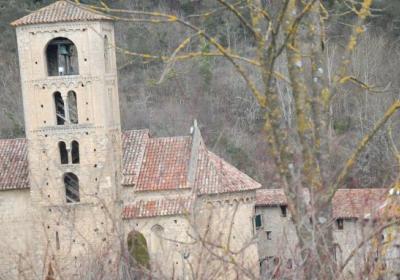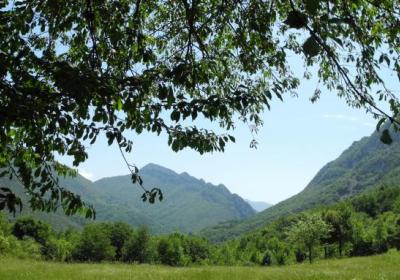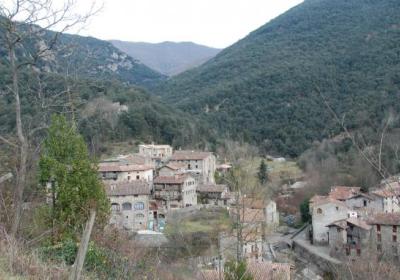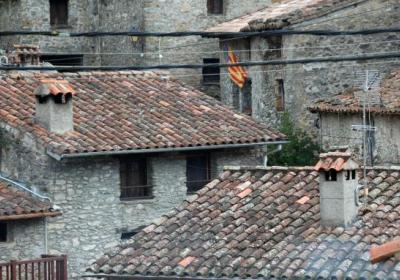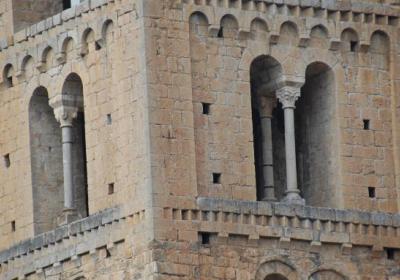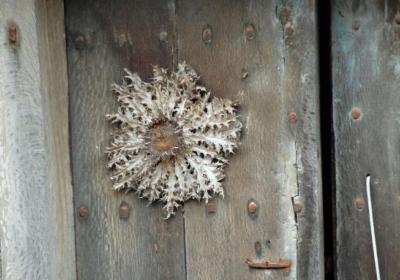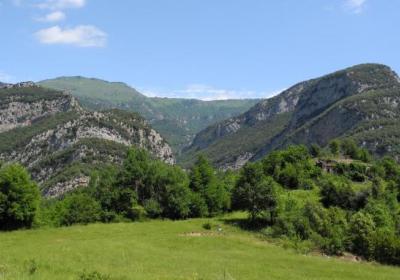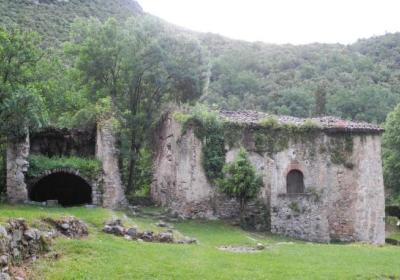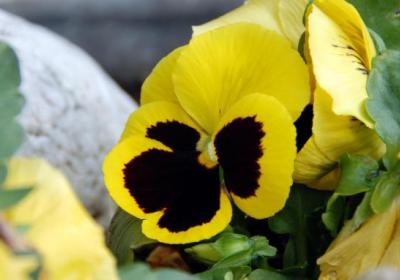The seventh stage of the Trans-Pyrenees Crossing takes place entirely in Alta Garrotxa. From the magical spot in Sant Aniol d'Aguja you will walk through steep and wild trails, and climb hills and ravines, until you reach the charming village of Beget. Only at the end of the day will you do a stretch on a track and road. This stage offers beautiful charming landscapes: the spectacular Salt de la Núvia, the abandoned centre of Talaixà, the Hortmoier Valley, the cobbled streets of Beget, ...
Considerable. Derived from the length and ascent to overcome. This stage does not have any technical difficulties.
No special equipment required.
Alta Garrotxa. 1:25.000. Editorial Alpina.
Topographic base of Catalonia 1:25.000. Geological and Cartographic Institute of Catalonia (ICGC).
Let's begin the seventh stage of the Trans-Pyrenees Crossing (1) Sant Aniol d'Aguja (0:00 - 443m). You will take a path that leaves from behind the fountain and that climbs the western slope of the Sant Aniol Stream. You will follow the line of the ravine on its right orographic side. The area is wild and the path advances through a steep and rugged area that allows us to enjoy wonderful views of the valley and the surrounding mountains. You will soon reach the so-called Salt de la Núvia, an elevated passage above the cliffs. At this point the path turns right (W). We continue gradually gaining altitude flanking the mountain. You will pass by the buildings in ruins in Quera and continue until (2) Talaixà Hill (1:15 - 755m), located beside the old abandoned Talaixà, where there is a free refuge (Can Torner) that can serve as a shelter.
You will now begin the descent through the Vaquer Valley streams. You will advance on a path until reaching Mas de Vaquer, where you will join a track that continues to Collell. At this point you take a path that descends to the back of the mountain to (3) Palanca del Samsó (2:00 - 367m), the lowest point of the stage. To your left (S) you see the dramatic Grau d'Escaldes: the Beget Stream makes its way through the Ferran Crest (E) and Gall Crest (W).
In Palanca del Samsó you will cross the stream and follow the route of the GR 11 on a track that progresses towards the NW along the stream. You will arrive at the scenic Hortmoier Valley. Shortly before reaching the church of Sant Miquel d'Hortmoier which is located on the other side of the stream, you will leave the track that you came on and take a path that climbs the hillside towards Muls Hill and alternating sections with tracks and trails with paths. You will start to ascend, zigzagging at times. Pass through the back of Mas Feixanes and finally you will reach (4) Muls Pass (3:30 - 653m).
From this pass, we begin the descent to the stream of Beget. The descent flanks the mountain and you will arrive at the bottom of the valley near Farga. Here you will join a track and cross the stream, through the northern side of the valley. You will climb up the valley until reaching the Beget Road. You will carry out the final stretch of the stage along the road until you reach the charming village of (5) Beget (4:50 - 531m).
The stretch of elevated road that you will take in the Sant Aniol Valley.
The wild and solitary landscapes of Alta Garrotxa, which accompany us throughout the stage.
The approach and arrival in the bucolic town of Beget.
The so-called Salt de la Núvia named after a girl form Talaixà who threw herself from the cliffs when she was going to marry? According to legend, the girl decided to jump off the cliff road of the Sant Aniol Church because they were going to marry her against her will.
Taking a walk on through the Beget cobbled alleys and visiting the Romanesque church of Sant Cristòfol, from the 12th century. Inside the church there is the famous Beget Majesty, a wood carving of about 2m high which is considered one of the most important Romanesque sculptures.

